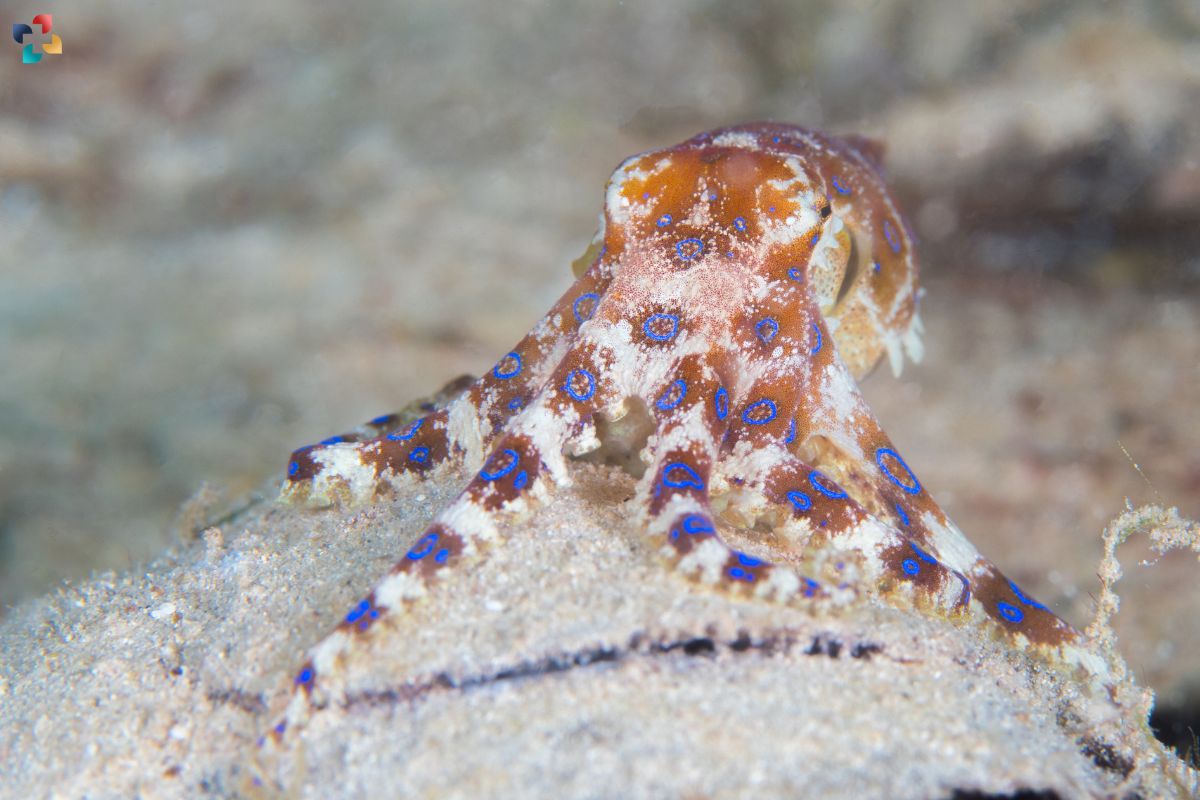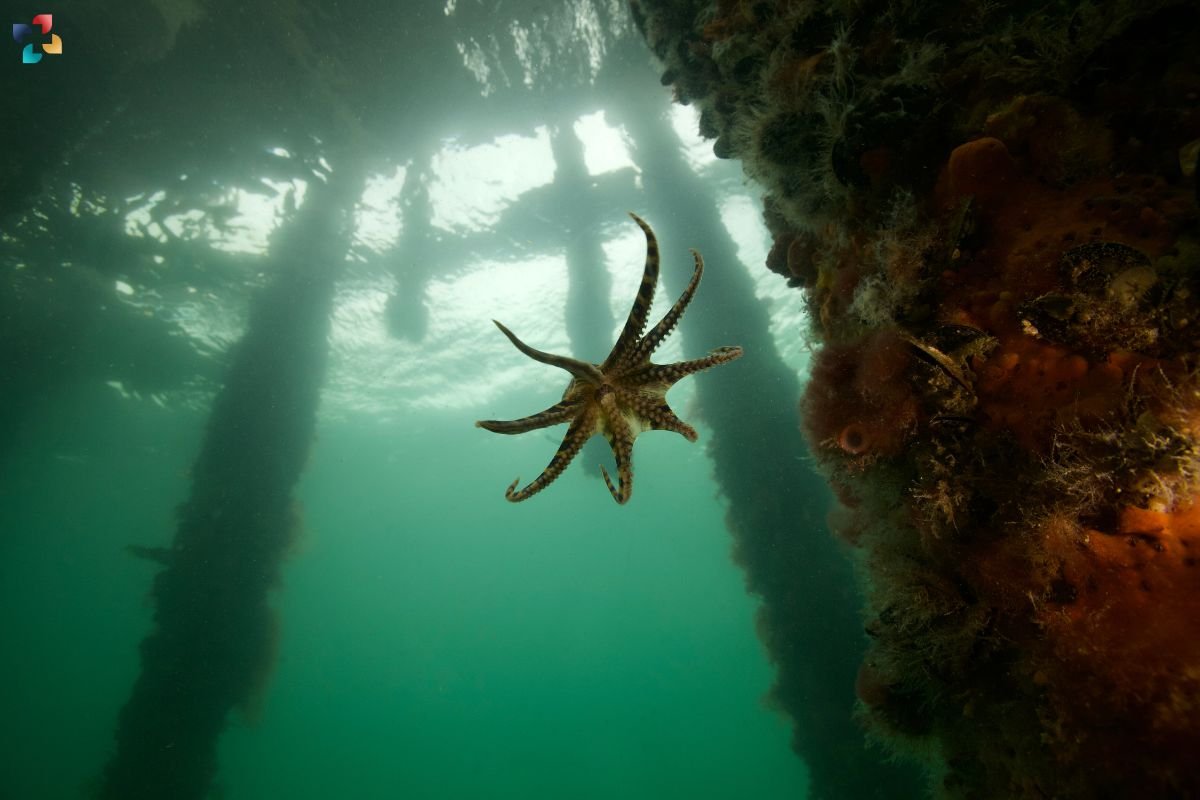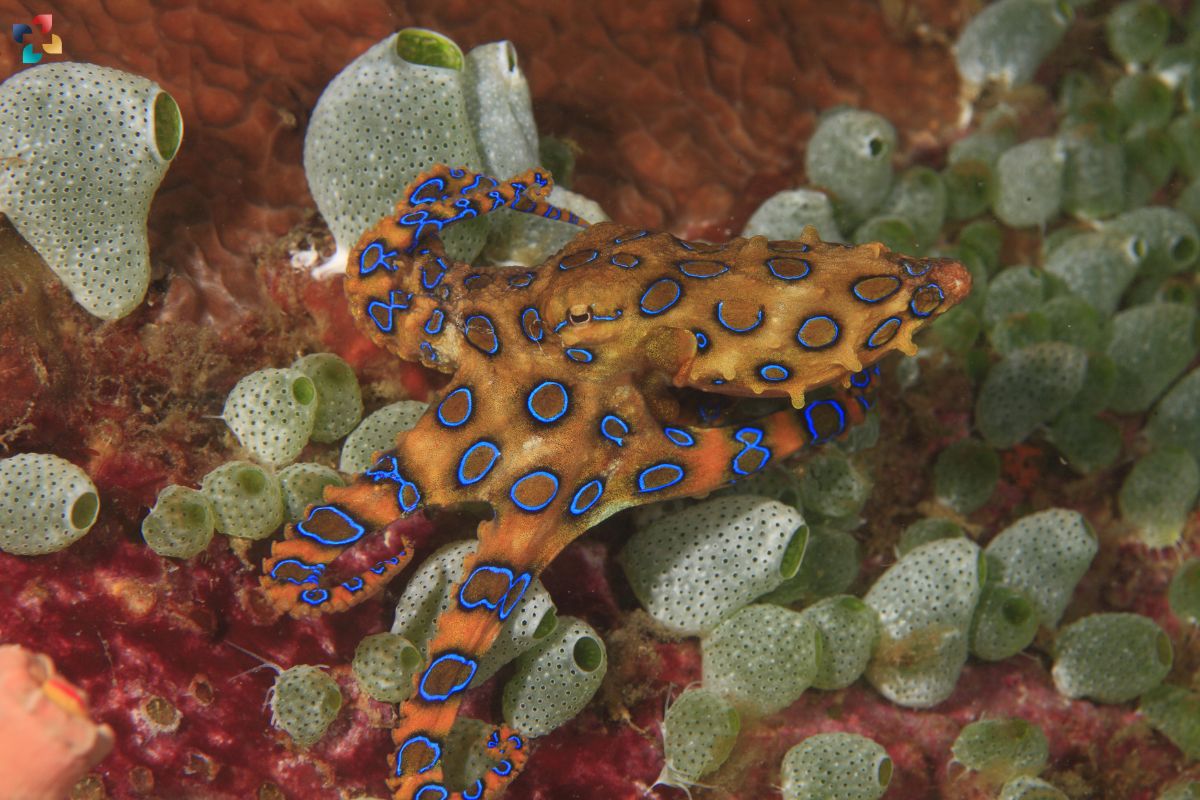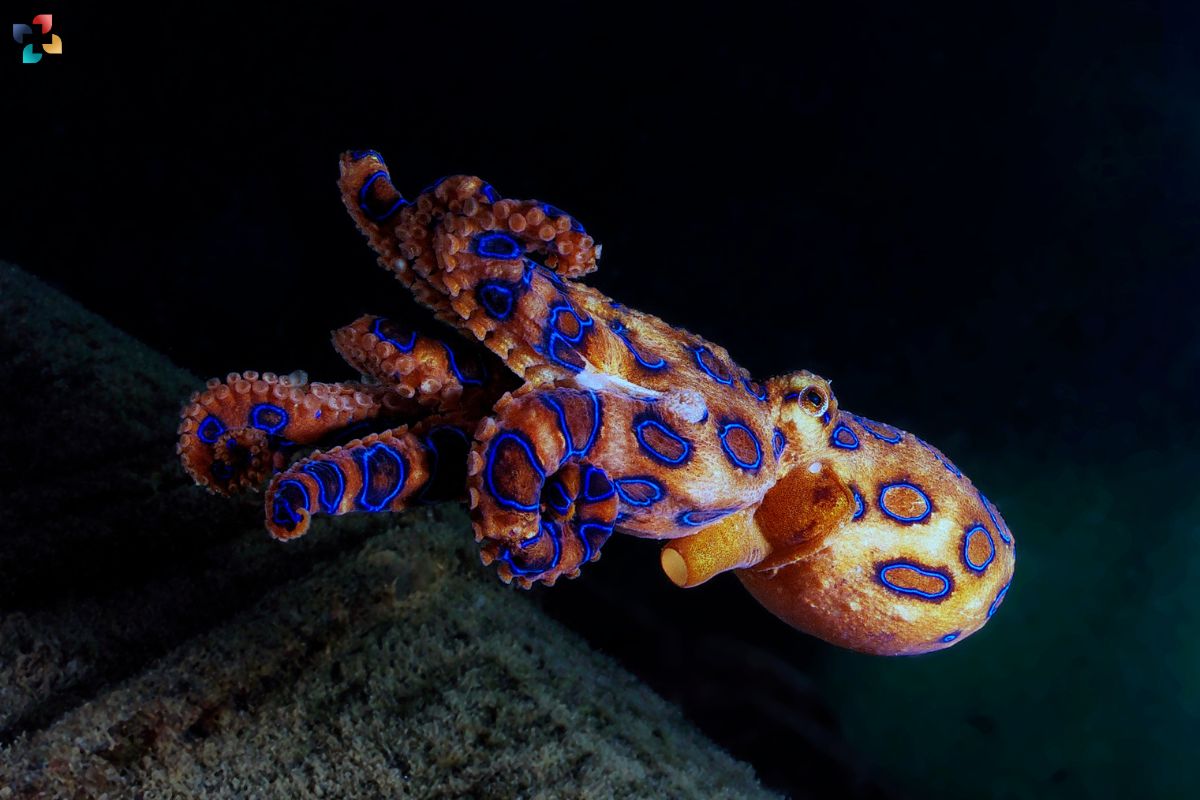The oceans are teeming with a myriad of fascinating creatures, each more intriguing than the last. Among these, the blue-ringed octopus stands out, not only for its captivating beauty but also for its deadly potency. This small marine animal, often no larger than a golf ball, commands attention and respect in equal measure. Known scientifically as Hapalochlaena, the blue-ringed octopus includes several species, all of which are renowned for their distinctive blue rings and their potent venom. This article delves into the enigmatic world of the blue-ringed octopus, exploring its habitat, behavior, and the unique characteristics that make it both a marvel of nature and a subject of caution.
Habitat and Distribution
The blue-ringed octopus is predominantly found in the shallow coastal waters of the Pacific and Indian Oceans, particularly around Australia, Japan, the Philippines, and Indonesia. These creatures prefer tide pools and coral reefs, environments that provide ample hiding spots and a rich supply of food. The rocky crevices and sandy bottoms of these habitats are ideal for the blue-ringed octopus, offering both protection from predators and a strategic position for ambushing prey.
Physical Appearance

Despite its small size, the blue-ringed octopus is one of the most visually striking creatures in the ocean. Its body, typically yellow or brown, is adorned with iridescent blue and black rings that appear even more vivid when the octopus feels threatened. These rings are a classic example of aposematism, where bright colors serve as a warning to potential predators. The dynamic contrast between the blue rings and the octopus’s body serves as an effective deterrent, signaling the presence of potent venom.
Behavior and Diet
The blue-ringed octopus is a master of camouflage, capable of changing its color and texture to blend seamlessly with its surroundings. This ability is crucial for both predation and protection. By remaining hidden, the octopus can ambush its prey, which includes small crabs, shrimp, and fish. It uses its sharp beak to deliver a venomous bite, immobilizing its prey almost instantly.
The blue-ringed octopus is generally solitary, coming together with others of its kind only for mating purposes. During these encounters, males and females perform a unique and elaborate dance, often involving the display of their striking blue rings. Once mating is complete, females lay their eggs in a secluded spot and guard them until they hatch, forgoing food and showing a remarkable level of parental investment.
Venom and Its Effects
One of the most remarkable aspects of the blue-ringed octopus is its venom, which is among the most potent in the animal kingdom. The primary component of this venom is tetrodotoxin, a neurotoxin also found in pufferfish. Tetrodotoxin is extremely effective at blocking sodium channels, leading to paralysis and, in severe cases, respiratory failure.
Despite its deadly capabilities, the blue-ringed octopus is not aggressive towards humans and typically only bites when provoked or handled. Unfortunately, due to its small size and attractive appearance, it is often mistaken for a harmless sea creature, leading to occasional, though rare, human fatalities. There is no known antivenom for tetrodotoxin, making the blue-ringed octopus one of the most dangerous marine animals.
Ecological Role

In the delicate balance of marine ecosystems, the blue-ringed octopus plays a crucial role. As a predator, it helps control the populations of small crustaceans and fish, maintaining the health and stability of its habitat. Its presence is indicative of a thriving reef ecosystem, as these octopuses require clean, unpolluted waters to survive.
Moreover, the blue-ringed octopus serves as prey for larger marine animals, though its venomous bite provides a significant defense mechanism. Understanding the ecological role of this octopus highlights the intricate connections within marine food webs and the importance of each species in maintaining ecological balance.
Conservation and Threats
Like many marine species, the blue-ringed octopus faces several threats, primarily from human activities. Pollution, habitat destruction, and climate change pose significant risks to its survival. Coral reefs, the preferred habitat of the blue-ringed octopus, are particularly vulnerable to rising ocean temperatures and acidification, which can lead to coral bleaching and the subsequent loss of biodiversity.
Efforts to conserve marine habitats are essential for the preservation of the blue-ringed octopus. Marine protected areas, sustainable fishing practices, and pollution reduction initiatives are crucial steps in ensuring that these remarkable creatures continue to thrive. Public awareness and education about the dangers of handling marine wildlife can also prevent unnecessary encounters and potential fatalities.
The Blue-Ringed Octopus in Popular Culture
The enigmatic nature and striking appearance of the blue-ringed octopus have captured the imagination of many. It features prominently in marine biology texts and documentaries, where it serves as both a subject of scientific interest and a cautionary tale about the dangers of underestimating small creatures. Its venomous reputation has also made it a symbol of nature’s hidden dangers, a reminder of the deadly beauty that lurks beneath the ocean’s surface.

In some cultures, the blue-ringed octopus is regarded with a mix of awe and fear, embodying the delicate balance between beauty and danger. Its vibrant rings and lethal capabilities have inspired art, literature, and even jewelry designs, reflecting humanity’s fascination with this tiny yet formidable creature.
Research and Scientific Significance
The blue-ringed octopus continues to be a subject of extensive research, particularly in the fields of toxicology and neurobiology. Its venom, specifically tetrodotoxin, has potential applications in medicine, particularly in the development of pain management drugs and treatments for neurological disorders. Understanding how this toxin works at a molecular level could lead to significant medical advancements.
Moreover, the blue-ringed octopus’s ability to change color and texture has intrigued scientists studying cephalopod camouflage. By examining the mechanisms behind these adaptations, researchers hope to develop new materials and technologies inspired by nature’s ingenuity. The study of these octopuses provides valuable insights into the complexities of marine life and the evolutionary strategies that have allowed these creatures to thrive in diverse environments.
Conclusion
The blue-ringed octopus is a remarkable example of nature’s paradoxes: small yet deadly, beautiful yet dangerous. Its vivid blue rings are both a warning and a wonder, capturing the essence of this enigmatic creature. As we continue to explore and understand the depths of our oceans, the blue-ringed octopus stands as a testament to the diversity and complexity of marine life.
Protecting these creatures and their habitats is essential, not only for the preservation of biodiversity but also for the continued advancement of scientific knowledge. The blue-ringed octopus reminds us of the delicate balance that sustains life beneath the waves and the importance of respecting and preserving the natural world. Whether admired from afar or studied up close, the blue-ringed octopus leaves an indelible mark on all who encounter it, a symbol of the ocean’s enduring mystery and majesty.

Understanding Ocean Acidification: Causes, Effects, and Solutions
In this article, we delve into the causes, effects, and potential solutions to address the challenges posed by ocean acidification.







